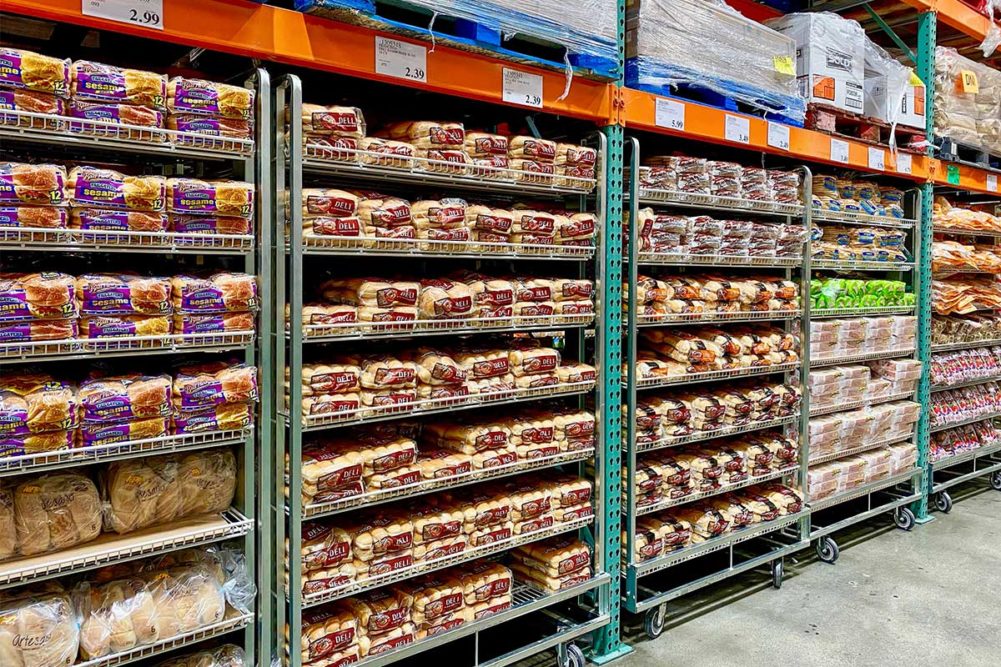Bakery products like bread, cookies, crackers, pastries and cakes all taste best fresh off the production line, but they must maintain that quality through transport to their final destination. In baked foods, however, starch begins to retrograde and ingredients like fats and oils start to oxidize almost immediately, which will eventually result in staling, rancidity and off-flavors. Antioxidants can step in and hold off oxidation, ensuring the consumer enjoys a slice of bread or cake or a cookie the way the baker intended.
“Adding natural antioxidants to baked goods can inhibit oxidation of fats and oils, preserving essential fatty acids and other nutrients, improving sensory quality and extending the shelf life of baked goods,” said Min Hu, PhD, principal scientist and antioxidant team leader, Corbion.
Antioxidants don’t operate in a vacuum, however. Their effectiveness can be hindered by the formulation, the baking process, the storage conditions of the finished product or even the ingredients themselves before they’re used.
“When it comes to storage, antioxidants can lose effectiveness over time if exposed to light, heat, oxygen or moisture,” said Darwin Ortiz, PhD, senior food protection scientist, North America, IFF. “Therefore, storing antioxidants in a cool, dry and dark place is essential to minimize their degradation.”
Preventing this degradation until the antioxidants can perform their critical function ensures bakers can meet their shelf life targets while maintaining the sensory profile consumers expect from baked foods, whether it’s a nutritious staple or decadent indulgence.
This article is an excerpt from the June 2023 issue of Baking & Snack. To read the entire feature on Antioxidants, click here.





